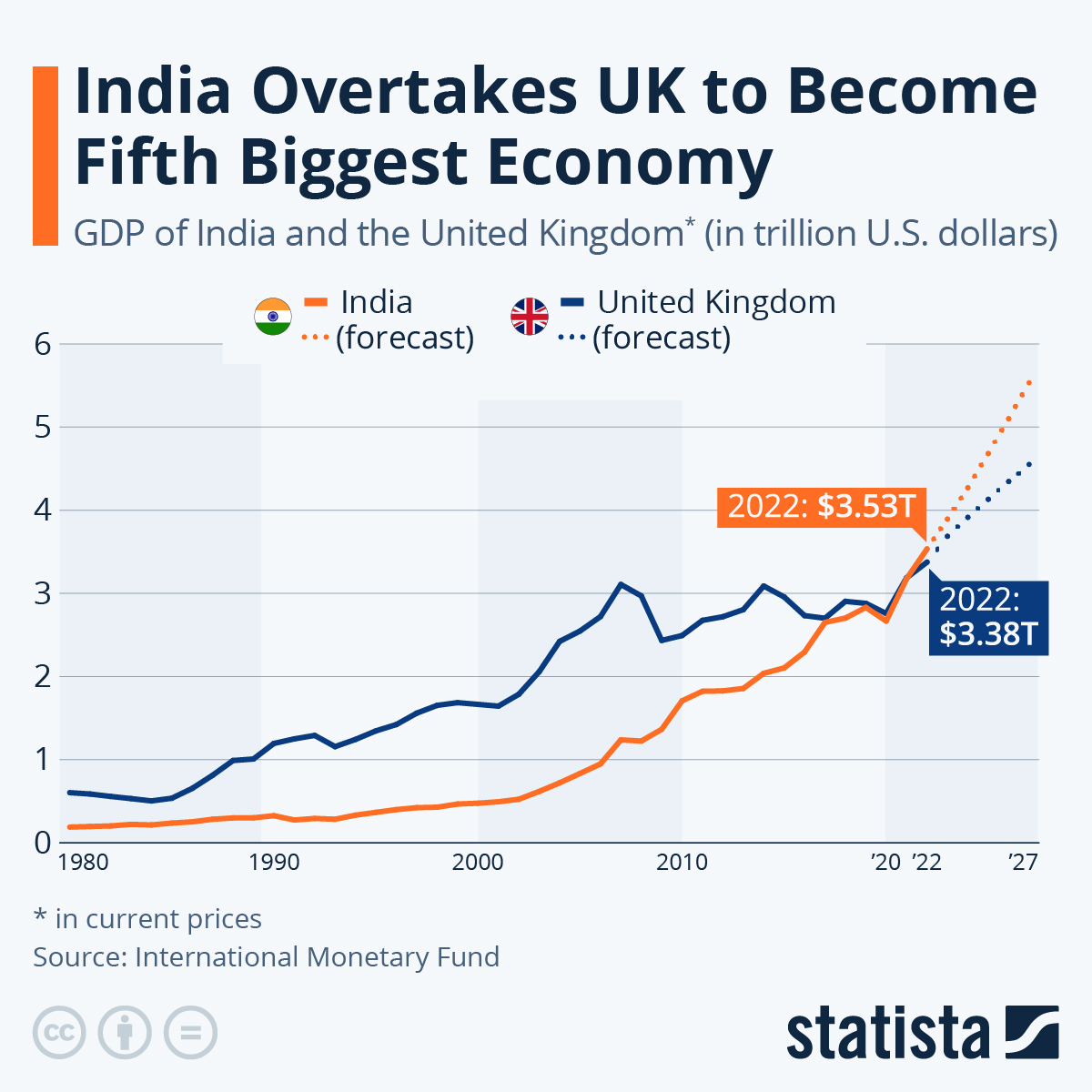Stock Market Valuations: BofA Explains Why Investors Shouldn't Be Concerned

Table of Contents
BofA's Perspective on Current Stock Market Valuations
BofA's analysts argue that while valuations appear elevated compared to historical averages, several factors mitigate the risk of a significant market correction. They emphasize a long-term view, focusing less on short-term market volatility and more on the underlying strength of the economy and corporate earnings. This isn't to say there's no risk, but their assessment suggests a more measured approach is warranted.
-
Low interest rates continue to support higher valuations. Low borrowing costs allow companies to invest more readily, fueling growth and supporting higher stock prices. This makes equities a more attractive investment compared to bonds yielding low returns.
-
Strong corporate earnings growth helps justify current price-to-earnings ratios (P/E). While P/E ratios might appear high, robust earnings growth can offset this, indicating that companies are generating sufficient profits to justify their current market capitalization.
-
Technological innovation and disruptive companies contribute to higher growth expectations. The emergence of innovative companies and technologies often leads to higher growth projections, justifying premium valuations for companies in these sectors. These companies often command higher P/E ratios reflecting their potential for future growth.
-
Focus on long-term growth potential rather than short-term market fluctuations. BofA's perspective emphasizes the importance of considering the long-term growth trajectory of companies and the broader economy, rather than reacting to short-term market volatility. This long-term perspective is crucial for making sound investment decisions.
Understanding the Factors Influencing Valuations
Several key metrics are used to assess stock market valuations. However, it's crucial to understand their limitations and to consider them in context, not in isolation.
-
Price-to-Earnings Ratio (P/E): This ratio compares a company's stock price to its earnings per share (EPS). A higher P/E ratio generally suggests investors are willing to pay more for each dollar of earnings, potentially indicating higher growth expectations. However, P/E ratios vary significantly across industries. A tech company with a high P/E ratio might be perfectly reasonable, while the same ratio for a utility company could signal overvaluation.
-
Price-to-Sales Ratio (P/S): This ratio compares a company's stock price to its revenue per share. It's often used for valuing companies with high growth potential but limited or negative earnings, such as many technology startups. A high P/S ratio could indicate high growth expectations, but it also carries higher risk.
-
Cyclically Adjusted Price-to-Earnings Ratio (CAPE): This ratio, also known as the Shiller P/E ratio, adjusts the P/E ratio for inflation and incorporates a 10-year average of earnings. It provides a longer-term perspective on valuation, helping to smooth out short-term economic fluctuations. The CAPE ratio can be a helpful tool for assessing whether the market is significantly overvalued or undervalued in a historical context.
Using these ratios in isolation can be misleading. A comprehensive valuation analysis requires considering factors like industry benchmarks, growth prospects, debt levels, and overall economic conditions.
The Role of Interest Rates in Stock Market Valuations
Low interest rates play a significant role in supporting higher stock market valuations. This is because:
-
Inverse relationship between interest rates and stock prices: When interest rates are low, the opportunity cost of investing in stocks is lower. Investors are less inclined to seek higher returns in bonds and other fixed-income instruments, thus shifting their capital toward equities.
-
Impact of potential interest rate hikes on future valuations: Increases in interest rates can impact stock valuations negatively, as higher borrowing costs reduce corporate profitability and make bonds more attractive. BofA's assessment considers the current interest rate environment and its likely trajectory.
-
Current interest rate environment and its influence on BofA's assessment: The current low interest rate environment, although potentially subject to change, remains a key factor in BofA's relatively optimistic outlook on stock market valuations.
The Importance of Long-Term Investing and Risk Tolerance
Long-term investing is crucial for weathering short-term market fluctuations.
-
Dangers of emotional investing based on short-term market fluctuations: Reacting to every market dip or surge based on fear or greed can lead to poor investment decisions. A disciplined, long-term strategy is far more effective.
-
Importance of diversification across different asset classes: Diversification helps mitigate risk. Spreading investments across different stocks, bonds, real estate, and other asset classes reduces the impact of losses in any single sector.
-
Need for investors to assess their own risk tolerance and adjust their portfolios accordingly: Investors should carefully consider their individual risk tolerance before making investment decisions. A risk-averse investor might prefer a more conservative portfolio with lower equity exposure, while a more risk-tolerant investor might allocate a larger portion of their portfolio to stocks.
Addressing Potential Concerns and Counterarguments
While BofA's analysis provides a reassuring perspective, it's important to acknowledge potential counterarguments.
-
Concerns about market bubbles and potential overvaluation in specific sectors: Certain sectors might be overvalued, even if the overall market isn't. Careful analysis of individual companies and sectors is crucial.
-
Balanced perspective by considering both positive and negative aspects of the current market: BofA's assessment acknowledges risks but emphasizes the mitigating factors supporting their viewpoint.
-
Rebuttals to common concerns about market overvaluation: The arguments presented by BofA directly address common concerns about market overvaluation, providing a nuanced perspective and acknowledging the complexities of market valuation.
-
Alternative investment strategies for risk-averse investors: Risk-averse investors may find strategies like value investing or investing in dividend-paying stocks more appealing than growth-focused investments.
Conclusion
BofA's analysis suggests that while current stock market valuations might seem high, a nuanced perspective, considering factors like interest rates and long-term growth potential, suggests investors shouldn't be unduly concerned. While vigilance and diversification remain crucial, a hasty retreat from the market based solely on valuation concerns may be premature. Remember to consider your personal risk tolerance and investment horizon before making any significant decisions regarding your portfolio. Learn more about effectively managing your investments and understanding stock market valuations to make informed choices.

Featured Posts
-
 Why Current Stock Prices Arent As Risky As They Seem Bof As Analysis
Apr 26, 2025
Why Current Stock Prices Arent As Risky As They Seem Bof As Analysis
Apr 26, 2025 -
 Us Port Fee Hikes To Cost Auto Carrier 70 Million
Apr 26, 2025
Us Port Fee Hikes To Cost Auto Carrier 70 Million
Apr 26, 2025 -
 January 6th Hearings Witness Cassidy Hutchinson Announces Memoir
Apr 26, 2025
January 6th Hearings Witness Cassidy Hutchinson Announces Memoir
Apr 26, 2025 -
 Californias Economic Rise Overtaking Japan As A Global Powerhouse
Apr 26, 2025
Californias Economic Rise Overtaking Japan As A Global Powerhouse
Apr 26, 2025 -
 Auto Carrier Projects 70 Million Impact From New Us Port Charges
Apr 26, 2025
Auto Carrier Projects 70 Million Impact From New Us Port Charges
Apr 26, 2025
